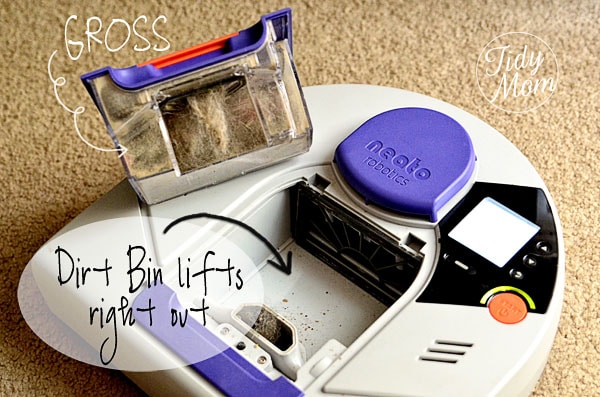The most important part of carpet
maintenance is removing and disposing of accumulated dry soil. The removal of
dry soil will improve the air quality indoors, extend carpet life, and help to
maintain the carpet. Keeping regular maintenance on your carpet is one thing,
although being sure you have the right equipment on the job is another.
The Green Label
For vacuum cleaners, the CRI
(Carpet and Rug Institute) has developed a Green Label testing program. The CRI
developed the performance protocol with the goal of protecting indoor quality,
keeping all surfaces as clean as possible, and all without putting dust back
into the air.
The Green Label program helps to
identify vacuum cleaners that meet three different types of criteria:
1.
Removing soil.
2.
Keeping dust out of the air by containing it within the filtration bag and the machine
itself.
3.
It doesn't damage the carpet and helps to keep the appearance looking good.
The tests for determining the
certification of a vacuum cleaner were developed by carpet and vacuum experts
and reviewed by scientists with experience in maintenance and the quality of
indoor air.
Soil removal
The soil removal protocol will
require that the vacuum cleaner remove a specified quantity of soil from the
test carpet in four passes.
Dust containment
The protocol for dust containment
will dictate the total amount of dust particles that are released into the
surrounding air by the action of the brush rolls, through the filtration bag,
and any leaks that come from the vacuum system. with this test, the vacuum
cleaner can't release more than 100 micrograms of dust particles per cubic
meter of air.
Carpet retention The testing protocol for
appearance retention will require that the vacuum cleaner not adversely affect
the appearance of the carpet, based on a year of normal usage.
If a vacuum cleaner meets all three
of the above requirements, the manufacturer may then display the official CRI
Green Label on it's brand of vacuum cleaner. The CRI tests canister and upright
vacuums, wide area vacuums, and even walk behind types as well.
Matching machines
Looking for that important Green
Label is the first step to providing longer carpet life and cleaner air for
your home or office. The next step is selecting the proper vacuum cleaner for a
specific area. You can think of vacuum cleaners like screwdrivers, as you
wouldn't want to use a Phillips head screwdriver to remove a flathead screw.
In the bigger, more open areas, a
wide are vacuum cleaner or sweeper can produce excellent results, as well as an
increase in productivity. The average 14 inch upright vacuum can clean at a
rate of 3,000 square feet per hour, while the average walk behind can clean at
a rate of 40,000 square feet per hour, and also lift the pile of carpet in high
traffic areas where the carpet fibers are subject to crushing and matting.
The two motor upright vacuum
cleaner is an excellent choice in areas such as executive offices, lobbies, conference
rooms, and break areas. A two motor upright can provide grooming of the fibers
in the carpet and removal of the dry soil. Most uprights with two motor setups
will also have a removable hose and on board accessories for cleaning other areas
as well, such as vents and chairs.
Along with the type of area, you
should also give some thought to the needs of the operator. If you are a
manager, you should look for vacuums with ergonomic features, especially if the
vacuum will be used for long periods of time.


